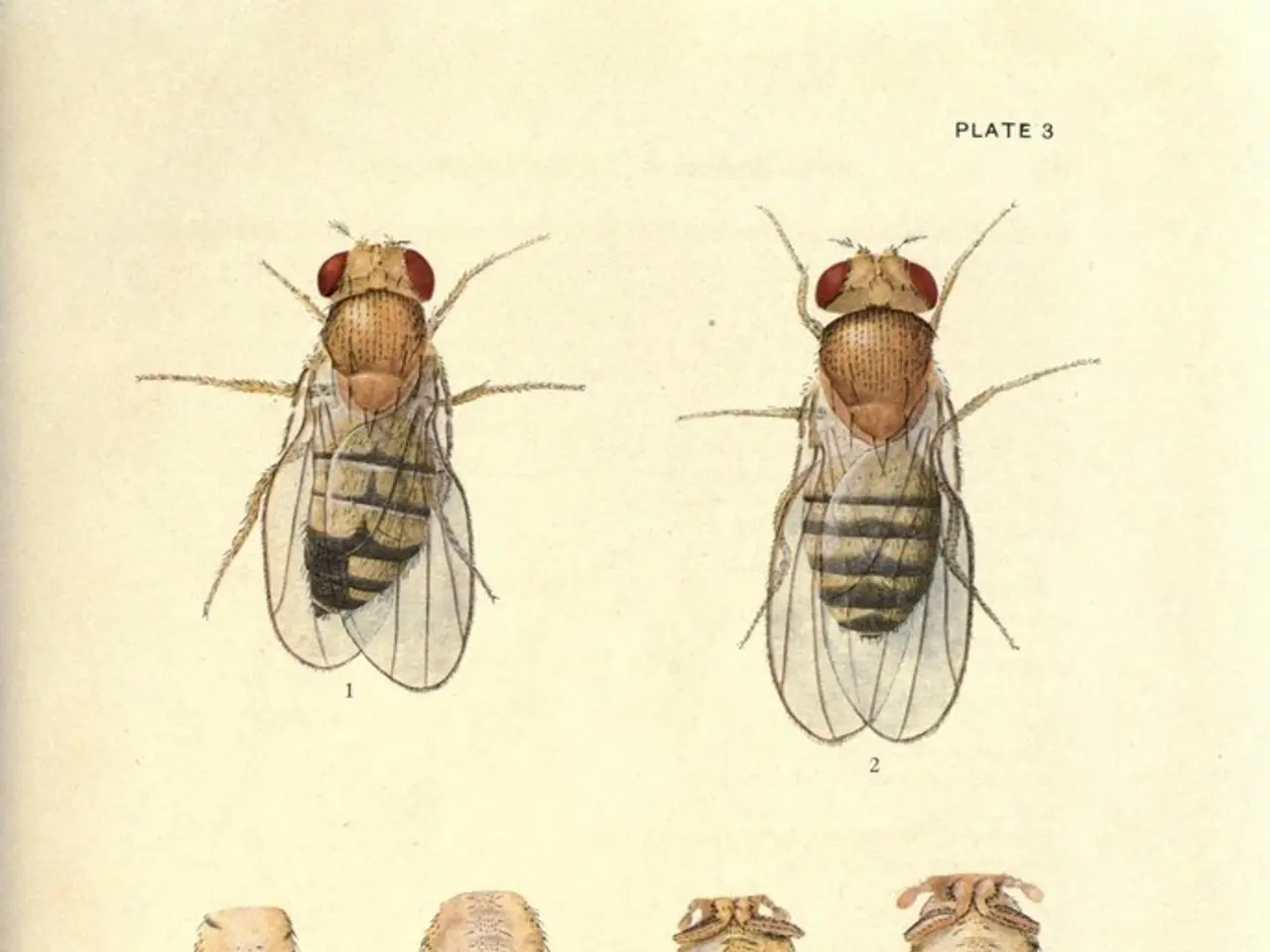Managing Bed Bugs through Comprehensive Pest Control Strategies - Integrated Pest Management (IPM) Approach
The Federal Bed Bug Workgroup has recently completed a Collaborative Strategy on Bed Bugs, offering valuable insights into effective methods for controlling these unwanted pests. This strategy encompasses both non-chemical and chemical approaches, all aimed at minimising environmental impact and ensuring safety for occupants.
Non-Chemical Methods
- Heat Treatment: Raising the temperature in infested areas to at least 120°F (49°C) for 90 minutes can effectively eradicate bed bugs and their eggs.
- Cold Treatment: Using freezing temperatures to kill bed bugs, although less frequently used compared to heat, can eliminate some infestations if temperatures are below 0°F (-19°C) for at least 4 days.
- Steam Treatment: Applying steam to surfaces can kill bed bugs and their eggs, making it a useful tool in the arsenal against these pests.
- Vacuuming: Removing bed bugs physically from cracks, crevices, and furniture is an essential part of any bed bug control strategy.
- Encasements: Using bed and mattress encasements can trap bed bugs and prevent their spread, making them a valuable tool in controlling infestations.
- Clutter Reduction and Isolation: Minimising clutter and isolating infested items can reduce hiding places for bed bugs, making it easier to control their population.
- Regular Monitoring and Inspection: Employing bed bug interceptors and thorough inspections can help detect infestations early, ensuring prompt and effective action.
Chemical Methods
- Insecticide Applications: Using EPA-registered insecticides such as pyrethroids, neonicotinoids, or desiccants selectively and according to label instructions can be a part of an effective bed bug control strategy.
- Combination Treatments: Integrating chemical applications with non-chemical methods like heat or steam for improved efficacy can be a powerful approach to bed bug control.
- Professional Pest Control: Employing trained professionals to correctly identify bed bugs and apply appropriate chemical treatments safely is crucial in effective bed bug control.
The strategy emphasises Integrated Pest Management (IPM), combining these methods to reduce resistance development and ensure safety for occupants. Non-chemical approaches are particularly valued for their minimal environmental impact and reducing pesticide exposure, while chemical treatments are reserved for cases where non-chemical methods alone are insufficient.
Other key aspects of the strategy include the use of monitoring devices such as bed bug interceptors to ensure that bed bugs have been truly eradicated, the importance of high-temperature dryer treatment (30 minutes at high temperatures) in killing bed bugs, and the availability of the Bed Bug Product Search tool to help find a pesticide product that meets specific needs, with over 300 products registered by EPA for use against bed bugs.
The strategy outlines four priority areas for bed bug control: Prevention, Surveillance and Integrated Pest Management [IPM], Education and Communication, Research. A comprehensive bed bug control program may include both non-chemical and chemical methods, ensuring a well-rounded approach to managing these pests.
- Engaging in health-and-wellness practices, such as regular exercise and maintaining a balanced diet, can strengthen the immune system and increase resistance to bed bug bites.
- The science of nutrition plays a crucial role in understanding how certain foods may affect the body's response to bed bug bites, potentially minimizing their impact on health.
- In the realm of health-and-wellness and fitness-and-exercise, the use of therapies-and-treatments, such as stress management techniques and topical creams for itching, can provide relief from the discomfort caused by bed bug bites.




